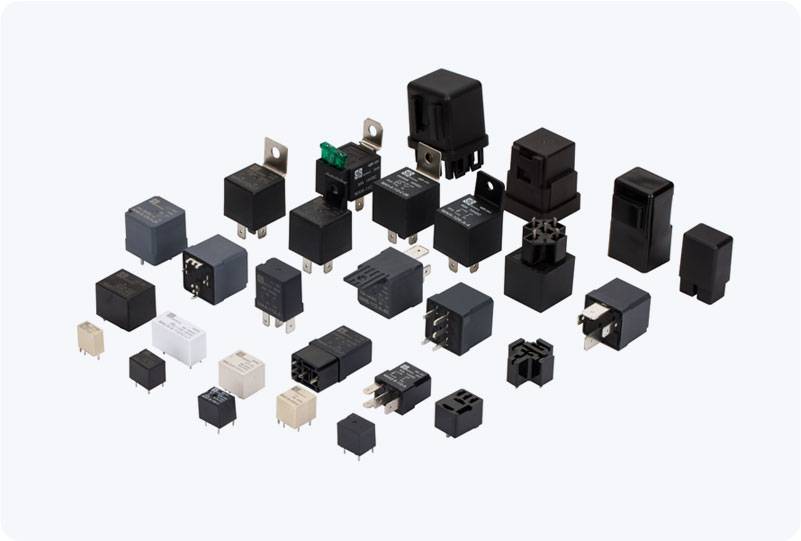A Time Delay Relay (TDR) is an essential component in various electronic and electrical systems, used to introduce a delay before activating or deactivating a circuit. It is commonly found in automation, industrial machinery, lighting systems, and other devices where time-sensitive operations are critical. By understanding how Time Delay Relays work and their applications, one can better appreciate their role in ensuring smooth and safe operation in various contexts.

What is a Time Delay Relay? A Time Delay Relay is a type of relay that operates with a specific time delay after receiving an input signal. Unlike traditional relays that act immediately when triggered, a Time Delay Relay introduces a delay based on its internal timer before it either closes or opens a circuit. The delay could range from milliseconds to several hours, depending on the settings and requirements of the system it is integrated into. This functionality is invaluable in systems that need to control operations over a period, manage peak loads, or avoid sudden starts and stops that could cause damage or inefficiency.
Leave a Reply